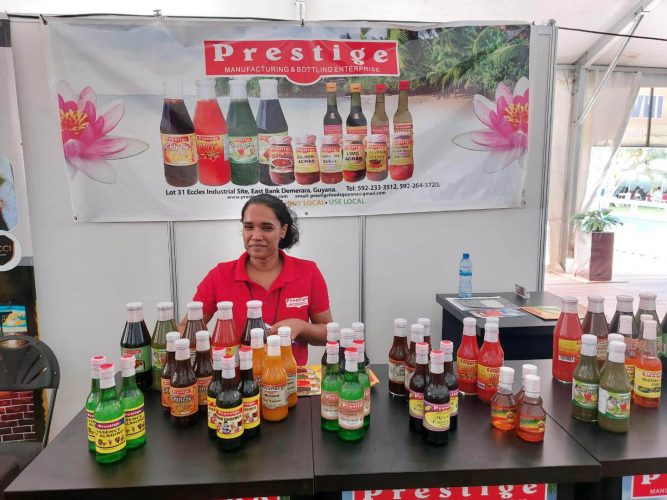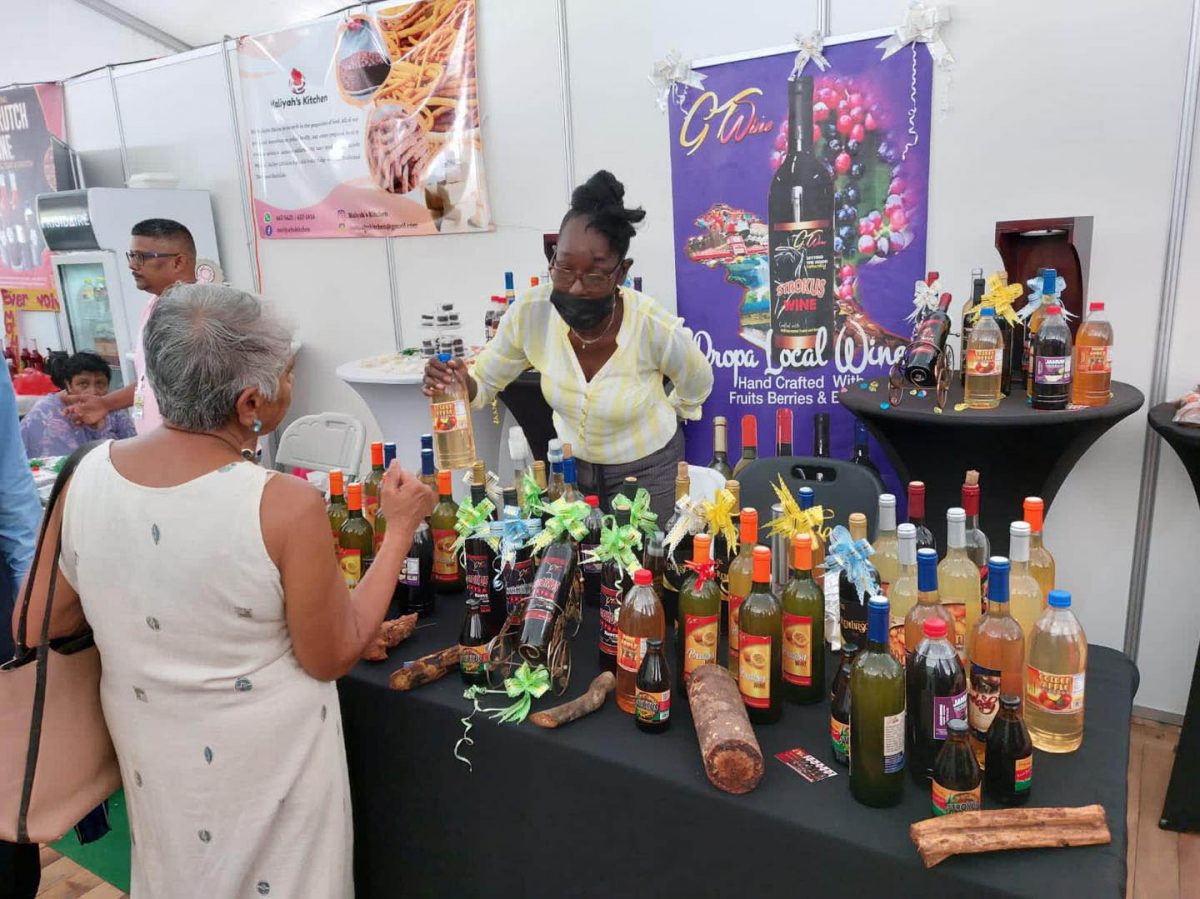Deficiencies in “essential physical infrastructure” necessary to enable the growth of the country’s agro-processing sector including facilities for efficient manufacturing and packaging of agro-produce to render products market-ready have been identified as being among the main hindrances to the acceleration of the sector, according to responses to a limited survey undertaken by the Stabroek Business over the past three weeks.
Twenty-seven out of the thirty-two agro-processors located in various communities of coastal Guyana told this newspaper recently that they believed that their businesses would be far more successful if – given their limited resources – ‘ready-made’ factory facilities financed by the state, the use of which they are prepared to pay for, would cause them to invest more heavily in both increasing the volumes of product they manufacture as well as in the improvement of product quality and presentation.

With the exception of five of the respondents, all of whom have set up their own product processing facilities, the respondents said that setting aside the costs associated with setting up such manufacturing facilities, the inconveniences associated with utilising part or all of their “domestic kitchens” as makeshift factories inhibit both the quality and volumes of their produce. The constraints on volumes, the respondents said, have been the bigger problem.
Small agro-business operators are recommending that part of what they believe should be government’s significant investment in the sector should include the establishment of product manufacturing facilities in those regions of Guyana that demonstrate the greatest potential to undertake large scale agro-processing ventures.
Acquiring appropriate packaging materials as well as the lack of facilities for the production of labels to meet the standards required by the international market were also mentioned as major disincentives for local-agro processors
Most of the agro-processors expressed the view that the technology associated with verifying and certifying packaging, labelling, and overall product presentation standards should be the responsibility of government. “I would say that if we want to have products that are presentable and acceptable on the regional and international markets, government should take responsibility for making available things like high-quality packaging and labelling material for which our agro-processors would, of course, have to pay. If we are to be real businesses we cannot expect to have those things for free,” the respondent said.
Some of the agro-processors who were part of the recent forum on “Effective Strategies for Exporting to the US” staged by the Guyanese/American Chamber of Commerce, told the Stabroek Business that they believed that the establishment of a strong National Agro Processors Association with membership drawn from across the country, is necessary to enable local agro-processors to have more direct access to the decision-making state institutions.
One contributor told this newspaper that recent experience had taught local agro-processors that state agencies like the ministries of Agriculture and Business did not appear to have the decision-making authority to make critical decisions pertaining to the growth of the sector. The agro-processor, a female, told this newspaper that what the sector (agro-processing) had learnt was that “when you want a quick and positive decision on important matters you have to go higher.”
Meanwhile, 24 of the respondents agreed that the existing weaknesses of links between agro-producers and their raw material sources and inconsistency in prices for raw materials (fruit and vegetables) continue to impact negatively on production since the strength of the sector can only be measured by the extent to which raw materials are available. The respondents concurred that there is a need for stronger links between themselves and farmers in order that the two groups can work out more reliable arrangements regarding both reliability of supplies as well as prices for raw materials. “We can’t talk about supplying local and overseas outlets if we cannot produce sufficient products to regularly satisfy those markets,” one popular local agro- processor told the Stabroek Business.
Seventeen of the agro-processors interviewed by the Stabroek Business said that the industry was still struggling with the challenge of product presentation. “We look at some of what is imported from abroad and sold here in Guyana and we realise that the presentation is almost always better than ours. When we do that, we see the standards of what is manufactured outside of Guyana and we do not feel that we have much of a chance of having our own products do very well on the shelves outside of Guyana,” the respondent said. Asked whether she would wish to see less imported agro-produce on the shelves of local supermarkets, the local agro-processor said that what she would wish to see is a situation in which “our own products reach a stage in terms of quality and packaging where we can provide good competition for the ones that are imported.”
In response to a general question posed by the Stabroek Business, the respondents all said that they believe that part of the current seeming emphasis on the use of agro-processing as a regional food security tool ought to include greater frequency in intra-Caribbean agro-processing product display and marketing events to allow the region to experience what each territory is doing in the agro-processing sector.






